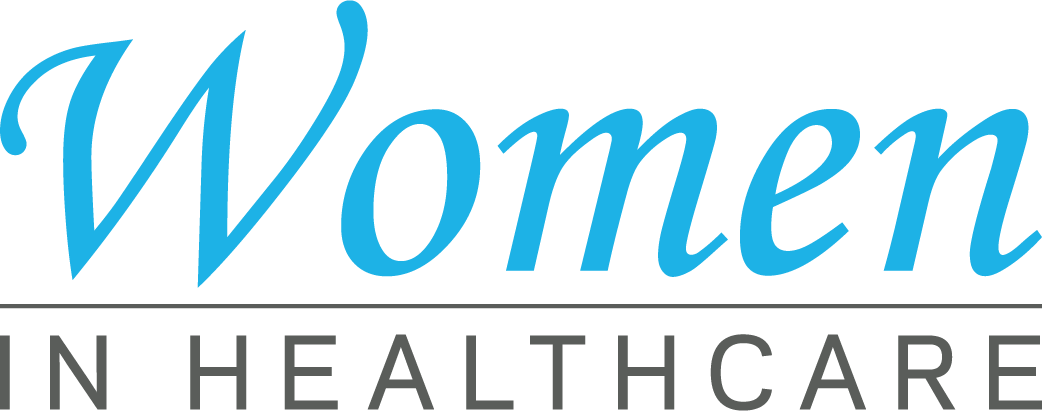Just How Healthcare RCM Solutions Streamline Invoicing and Collections
Just How Healthcare RCM Solutions Streamline Invoicing and Collections
Blog Article
A Comprehensive Guide on Exactly How Healthcare RCM Works to Improve Payment and Collections
Browsing the intricacies of healthcare profits cycle monitoring (RCM) is vital for providers intending to boost their payment and collections processes. The overview unloads the complexities of RCM, from patient enrollment to balance dues administration, using insights right into optimizing each action. Integrating innovative innovation and standardized procedures can significantly reduce insurance claim denials and speed up settlement cycles. Yet, the real obstacle depends on effortlessly merging these aspects to boost money circulation. As we explore the core parts and methods that drive efficiency, one inquiry remains: exactly how can medical care entities finest placement themselves to flourish monetarily in an ever-evolving industry?
Comprehending Earnings Cycle Monitoring
Realizing the ins and outs of Income Cycle Monitoring (RCM) is necessary for healthcare companies intending to optimize their economic performance. RCM is a vital administrative function that incorporates the entire monetary process of client care, from the first consultation readying to the final settlement of the equilibrium. It is a complicated procedure developed to determine, collect, and manage the profits from the services provided to people. Reliable RCM guarantees that doctor obtain precise and timely payments, reducing the risk of income loss and improving cash circulation.
The RCM procedure begins when a person routines an appointment and extends with the client's treatment journey, including payment and collections. A crucial objective is to lower the time between giving a solution and getting payment, therefore boosting the company's economic health and wellness. RCM includes different features such as person registration, insurance confirmation, cost capture, coding, declares entry, payment uploading, and dealing with denials and allures.
Trick Parts of RCM
In the world of Revenue Cycle Monitoring (RCM), understanding its vital elements is essential to achieving monetary performance within health care companies. RCM is an extensive process that incorporates different stages, each crucial to making sure efficient invoicing and collections. The primary components include client enrollment, insurance policy confirmation, charge capture, coding, insurance claim entry, settlement publishing, and receivable management.


When coded, insurance claims are submitted to payers, where accuracy is vital to stay clear of beings rejected or delays - Healthcare RCM. Repayment publishing entails videotaping the received repayments, which permits the reconciliation of accounts. Lastly, receivables management concentrates on tracking and resolving overdue claims, guaranteeing timely follow-up and resolution
Each component of RCM is interconnected, and inefficiencies in any part can disrupt the whole cycle. Therefore, mastering these elements is vital for doctor to optimize revenue and boost their economic wellness.
Methods for Reliable Invoicing

Standardizing payment treatments across the organization is one more crucial approach. Developing clear standards for documents, coding, and submission helps maintain consistency and compliance with governing demands. Training staff frequently on these procedures ensures every person is up-to-date with the most recent adjustments in invoicing codes and payer policies.
Precise charge capture is crucial in preventing earnings leak. Implementing normal audits and monitoring systems permits for the identification and improvement of inconsistencies prior to they impact profits. In addition, maintaining open lines of interaction with payers aids to swiftly resolve any type of disputes or misunderstandings that might arise.

Finally, engaging patients early in the billing procedure Recommended Reading by offering clear estimates and instructional products regarding their financial duties can significantly lower confusion and improve settlement timeliness. These methods collectively add to a much more financially healthy and balanced and efficient payment system.
Enhancing Collections Procedures
Offered the complexities of medical invoicing and the range of payer needs, boosting the collections procedure involves executing tactical measures that guarantee timely and precise repayment of services made. Automation devices can help in tracking claim statuses, sending timely reminders to patients, and managing denials more effectively.
Training staff to understand the nuances of insurance plan and invoicing codes is just as vital. This expertise encourages them to deal with payment discrepancies rapidly and communicate effectively with patients concerning their economic obligations. Moreover, clear and clear person communications are important. Giving detailed explanations of charges and providing adaptable payment plans can raise individual fulfillment and timely settlements.
Routine audits of the collections process must be conducted to determine locations for enhancement and make certain compliance with laws. By examining data, health care companies can identify patterns, anticipate prospective concerns, and adapt approaches appropriately (Healthcare RCM). Eventually, a well-enhanced collections procedure not only supports economic health however additionally contributes to a much more seamless experience for individuals and personnel alike
Optimizing Revenue Streams
Building upon the structure of a solid collections process, health care companies can further reinforce their economic security by strategically enhancing revenue streams. This includes a multi-faceted approach, starting with an extensive analysis of existing profits sources to recognize inefficiencies and locations for development. Using sophisticated data analytics devices makes it possible for companies to gain understandings into payer mix, person demographics, and solution utilization patterns, permitting data-driven choices that enhance revenue capture.
Carrying out automated invoicing systems can substantially lower errors and expedite claims processing, making sure that profits is accumulated a lot more successfully. In addition, maximizing payer contracts through regular settlements can enhance repayment prices and terms, directly impacting the bottom line. Branching out solution offerings, such as including telehealth or health care, can additionally bring in a broader client base, hence enhancing earnings possibility.
One more essential part is improving individual interaction and fulfillment, as completely satisfied individuals are more probable to follow treatment plans and make prompt settlements. Offering flexible settlement options and transparent payment techniques can improve collections and foster patient commitment. Healthcare RCM. By adopting these approaches, browse around here healthcare organizations can create an extra durable economic structure, guaranteeing continual development and stability in an ever-changing market landscape
Conclusion
To conclude, health care Revenue Cycle Monitoring (RCM) plays a crucial function in optimizing invoicing and collections processes by incorporating essential parts such as person enrollment, insurance confirmation, cost capture, coding, declares submission, and accounts receivable management. By using innovative technology, systematizing procedures, and promoting client engagement, doctor can considerably decrease case denials, speed up payment cycles, and enhance cash money flow. This thorough technique to RCM ultimately leads to boosted financial effectiveness and sustainability for medical care companies.
The RCM procedure begins when a person routines a consultation and prolongs through the person's care trip, including billing and collections.Another important part is boosting client interaction and fulfillment, as completely satisfied clients are much more likely to stick to treatment strategies and make prompt payments. Providing versatile repayment alternatives and clear payment techniques can reference boost collections and foster person commitment.In verdict, medical care Earnings Cycle Monitoring (RCM) plays an essential role in optimizing billing and collections processes by incorporating vital parts such as person enrollment, insurance policy confirmation, cost capture, coding, claims submission, and accounts receivable management. By utilizing sophisticated modern technology, systematizing treatments, and promoting individual involvement, health care providers can substantially reduce insurance claim rejections, accelerate repayment cycles, and boost money flow.
Report this page